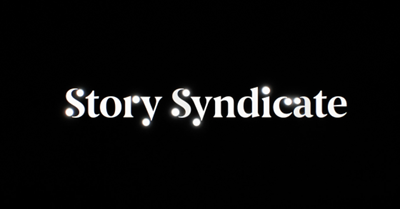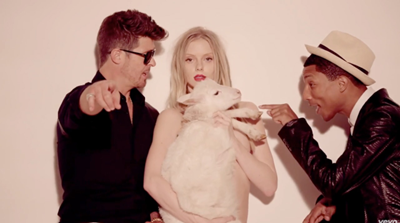Since the inception of YouTube in 2005 and Netflix’s launch of streaming films and TV shows in 2007, the streaming revolution has drastically changed the landscape of the U.S. media sector. With streaming revenues projected to top $100 billion by 2026, traditional multichannel video operators offering pay TV packages via cable, satellite, and telco delivery have been the first to feel the sting of cord-cutting.

Impact on TV Network Owners and TV Station Owners
TV network owners and TV station owners face similar challenges from cord-cutting. Initially, streaming services were more of a novelty than a serious threat to traditional TV stalwarts, but that rapidly changed as viewers flocked by the millions to streaming platforms. Cord-never households that have never had a pay TV subscription have also slowly ticked up in the U.S., further contributing to the decline of traditional TV.

Transformation of the Documentary Industry
Streaming has also transformed the documentary industry. Documentaries were once relegated to art houses and public television but found a new audience and made money with the rise of streaming. Streamers began to prioritize true-crime hits, and demand for documentaries on streaming services more than doubled between 2018 and 2021. However, this has led to documentarians facing shorter deadlines and notes from streamers pushing for more tension in opening sequences.

Commercialization of the Documentary Genre
The documentary genre has become primarily a commercial product, and smaller, more visionary films are less in demand. Dan Cogan and Liz Garbus started a new company called Story Syndicate to continue making thoughtful films while meeting the streamers’ appetite for content. Story Syndicate has produced or executive-produced 21 films and series in the three a half years since its launch, showcasing the opportunities and potential drawbacks of the new era for documentarians.

Elle Evans on “Blurred Lines” Music Video Controversy
In a recent interview, Elle Evans, a model, and actor who appeared in Robin Thicke’s “Blurred Lines” music video, spoke about her experience on set. Evans addressed co-star Emily Ratajkowski’s claim that Thicke groped her during the shoot, though Evans did not witness any misconduct firsthand. Evans recalled the tone changing on set after Thicke’s one-on-one scenes with Ratajkowski were completed and said there was a scramble among the production team when Ratajkowski left abruptly. Thicke has never addressed Ratajkowski’s allegations, but the controversy serves as a reminder of the blurred lines between the film, television, and music industries.

